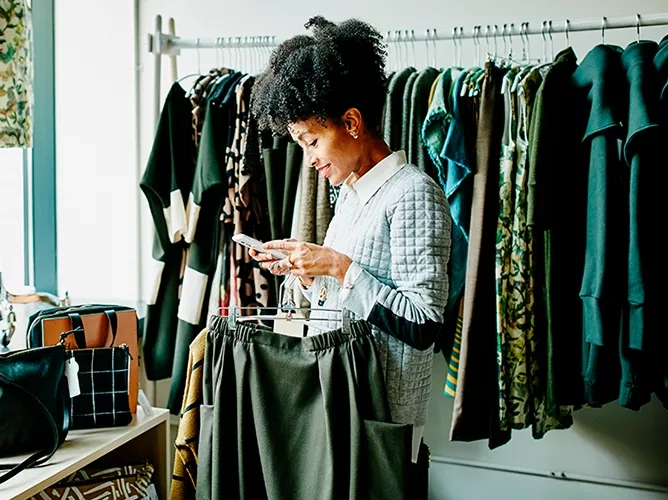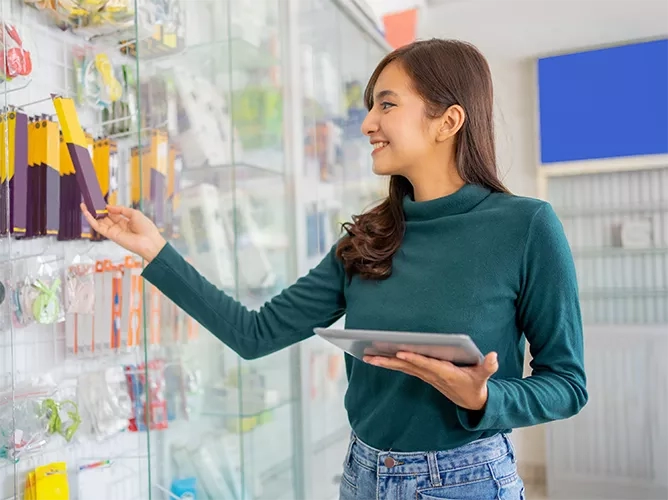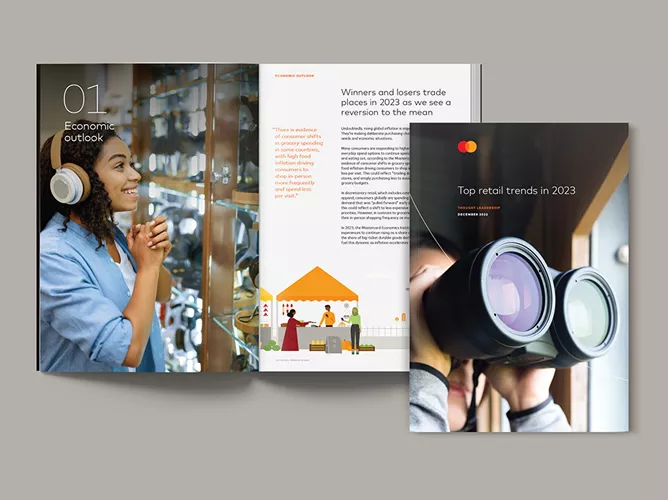March 27, 2023
Trips to the store take effort. With the rise in e-commerce, there is less of a need to get gas, drive to a physical location, and for more than they care to admit, to even get dressed.
That means when shoppers venture in-store rather than online, it’s more important than ever for retailers to connect with them, whether that be with relevant and timely offers, signage displays or merchandise placements.
There is no crystal ball or roadmap to reveal exactly when or what that perfect connection point is for any given consumer, but testing and experimentation can help get it close. In a recent Mastercard Services webinar, James Ford, vice president of category leadership at the Coca-Cola Company, Michelle Meyer, chief North America economist at the Mastercard Economics Institute, and Rupert Naylor, senior vice president of sales and renewals for Mastercard Test & Learn®, discussed how, in an uncertain economy, business experimentation can improve consumer engagement and enhance products and branding.
The economy through the consumers’ lens
Economic factors such as geopolitical uncertainty, high inflation and interest rates, along with economic uncertainty, have influenced consumers’ spending capacity and decisions. These macroeconomic events have a way of revealing new trends in how consumers react to them, forcing many consumer-facing industries to reexamine and evolve their strategies. The Mastercard Economics Institute is tracking the following trends:
- The economy is moving at different speeds. The view of the Mastercard Economics Institute is that, while the U.S. Federal Reserve has hiked interest rates and has communicated further rate hikes are forthcoming, the U.S. will likely avoid an outright recession this year.
- Consumers are shifting how they spend. Some sectors are impacted more than others by constantly changing dynamics. For example, we see consumers shifting away from durable goods and housing related items, while experience-based spending, such as travel and eating out, is faring better.
- Purchasing power remains strong. The consumer is well-positioned to continue spending and to weather big macroeconomic challenges. The labor market, which has been consistently strong, has been a critical driver of spending.
These trends are prompting retailers to look even more closely at their pricing and operations strategies. To grow revenue in this changing environment, certain solutions and processes can enable companies to make accurate predictions and quick decisions, including price adjustments. To optimize these changes, organizations should consider how the outcomes of their strategies vary across a myriad of factors. Enter business experimentation, which can measure the cause-and-effect impact of an initiative. Ford and Naylor delved deeper, leaving us with some key takeaways:
- The only way to really understand the effect of something you carry out in your business is by running a test – Business experimentation helps determine not just if an idea worked, but also how it worked. Performing these tests allows you to go beyond the average result, take a holistic view when making a decision, get a far more nuanced use case and ultimately save costs.
For example, in order to understand drivers of performance and make changes to improve traffic, a company used Test & Learn® to create a prediction model to understand over and underperforming stores and predict the impact of controllable factors. The result was that traffic declined least in stores that were newer and in industry-supportive markets, so they were able to identify the best locations to make strategic partnerships and changes. With the ability to take any KPI and identify key factors, they were able to review the pertinent data and decide which was the best next step to take. - Every consumer trip is now even more valuable – Consumer shopping trends and behaviors are shifting, reflecting changes in the economy. Not only has the composition of a consumer’s basket changed, so have their reasons to make a trip to the store in the first place. To go along with an increasingly hybrid lifestyle — where the odds of going out is as likely as doing something at home — shoppers are now more selective, with many looking to stretch their dollar and eyeing the most attractive offers. Companies should look to evolve their product portfolios and have an offering for every consumer across the socio-economic spectrum.
For example, a specialty retailer wanted to analyze their targeted campaigns to increase customer lifetime value and profit. Within the Test & Learn® platform, the company first appended competitive spend metrics to the retailer’s customer data to understand which customers were loyal to the retailer as opposed to which were shopping at the competition. The result was that discounts were only profitable when sent to customers who shopped at competitors, so by targeting discounts only to them, the retailer discovered they could double their incremental profit by $1M annually. - Meet the customers where they are – Whether it be e-commerce or in-store purchases, brands can connect with consumers through a variety of touchpoints. That means offering a diverse range of products at affordable prices, reimagining in-person merchandising configuration to be more eye-catching, or even forming online partnerships with other companies to reflect the evolution of retailer and consumer needs. Business experimentation allows companies to learn iteratively and understand the impact of new initiatives.
In a similar example, a retailer wanted to determine which stores would be most profitable to bring back to standard hours. Using Test & Learn®, they found that sales increased most from a specific time window Monday through Saturday only at certain locations. By rolling out extended hours only for high-volume stores, the retailer saved $3.4 million with no change to sales.
Perfectly pairing Coca-Cola with Test & Learn®
Analytics around the main shelf are now more important than ever, so take a good look at your capacity, urged Ford. Coca-Cola conducted over 75 tests with Test & Learn® in 2022, from testing the appeal of various price points, to the effectiveness of new bundles with other products, to even the impact of different in-store shelf design configurations.
Ford says customers and partners see Test & Learn® as recognized, unbiased, third-party data so they are comfortable with new proposals and the overall system alignment. He claims that a business experimentation program plays a huge part in making smart decisions going forward as it helps companies understand the changing dynamic of shopper behavior and the macroeconomic impacts.











